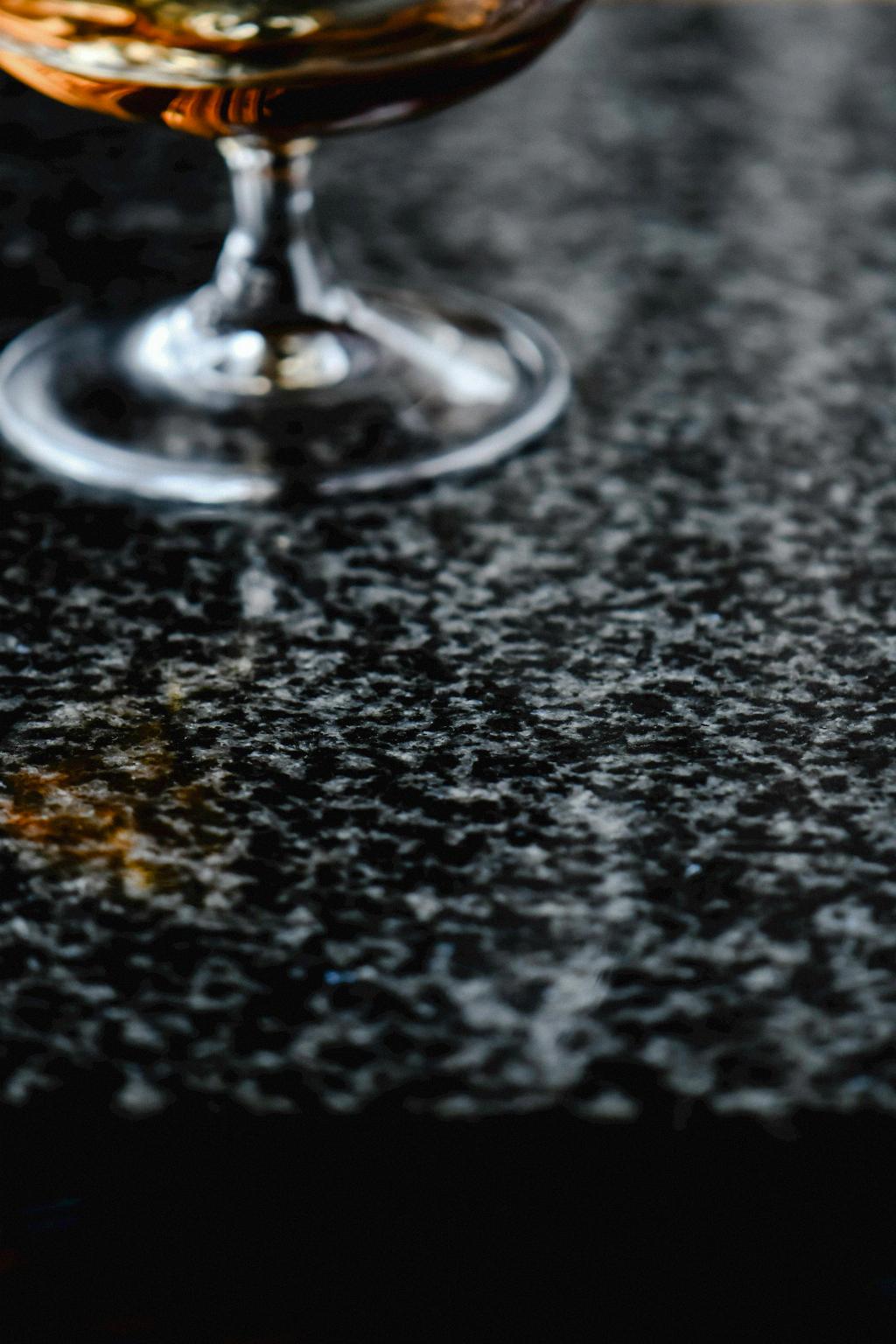If you’ve ever come across a bottle of cognac and wondered about its age, you’re not alone. Determining the age of a bottle of this exquisite spirit can be quite intriguing, as it involves careful observation and understanding of various indicators. While there is no foolproof method to determine the exact age of a bottle of cognac, there are several key factors that can provide valuable clues.
1. Packaging and Box
One of the most important indicators of a cognac’s age is the packaging and box in which it was sold. Some brands release limited editions each year, such as Hennessy VS, VSOP, and XO limited editions or Remy Martin Cannes Festival editions. Collectors often have extensive knowledge of these specific years, making the packaging an excellent starting point for estimating the bottle’s age.
2. Label and Bottle Design
The label and bottle design can also offer insights into the age of a cognac. Over the years, brands may update their labeling or change the shape of their bottles. By comparing the label and bottle design with historical records or expert knowledge, you can get a rough idea of when the cognac was produced.
3. Distillery Markings
Another useful aspect to consider is the presence of distillery markings on the bottle. Some distilleries include unique codes or symbols that indicate the year and batch of production. Researching these markings or consulting with knowledgeable experts can provide valuable information about the age of the cognac.
4. Bottle Closure and Seal
Examining the bottle closure and seal can also offer hints about the age of the cognac. Older bottles may have traditional cork stoppers, while newer ones often feature synthetic or modern closures. Additionally, the condition of the seal, whether it is intact or shows signs of wear, can provide clues about the bottle’s age and potential exposure to air.
5. Fill Level
One visual cue to consider is the fill level of the cognac in the bottle. Over time, evaporation can occur, resulting in lower fill levels. While this method is not precise, it can help estimate the approximate age of the bottle.
6. Taste and Aroma
Experiencing the taste and aroma of the cognac can also give you insights into its age. Older cognacs often showcase more complex and developed flavors, with hints of oak, spices, and dried fruits. Meanwhile, younger cognacs may have a fresher and more vibrant taste profile. However, it’s essential to note that taste alone may not provide an accurate age assessment.
7. Expert Opinions
Seeking the opinions of experts and experienced collectors in the world of cognac can be invaluable when trying to determine the age of a bottle. Experts possess extensive knowledge about various brands, historical releases, and packaging trends. Their expertise can offer valuable guidance and confirmation for your assessment.
8. Historical Records
Delving into historical records of cognac production and releases can provide a wealth of information to estimate the age of a bottle. Researching brand archives, vintage reports, and industry publications from the specific time period can help paint a clearer picture of when a particular cognac was produced.
9. Collectors’ Communities
Engaging with the vibrant community of cognac collectors can open doors to shared knowledge and insights. Online forums or social media groups dedicated to cognac enthusiasts are excellent resources to discuss your findings, seek advice, or compare your observations with those of seasoned collectors.
10. Verification and Authentication
If you have a rare or valuable bottle of cognac and want to obtain a definitive age assessment, consider consulting with professional appraisers or authentication services. These experts have access to specialized tools, databases, and expertise to accurately verify and authenticate the age and provenance of the bottle.
11. The Combination of Clues
It’s important to remember that no single clue can determine the age of a bottle of cognac with absolute certainty. Instead, it’s the combination of several indicators, including packaging, label design, distillery markings, closure, fill level, taste, expert opinions, historical records, collectors’ insights, and professional verification that can help build a more accurate estimation.

12. Embrace the Mystery
Ultimately, while it can be fascinating to uncover the age of a bottle of cognac, it’s essential to appreciate that sometimes the exact age remains elusive. Embrace the mystery and enjoy the experience of savoring this remarkable spirit, regardless of its precise age.
